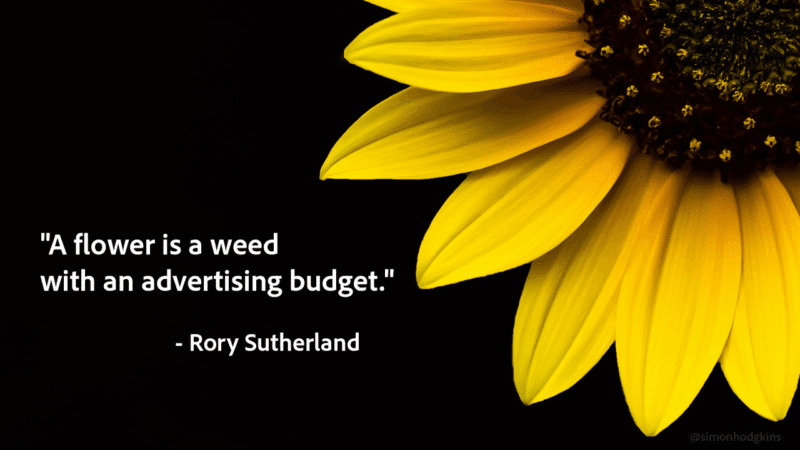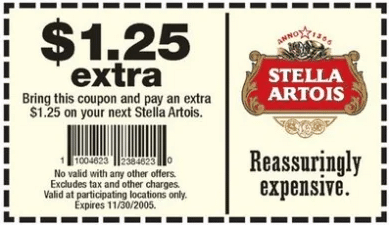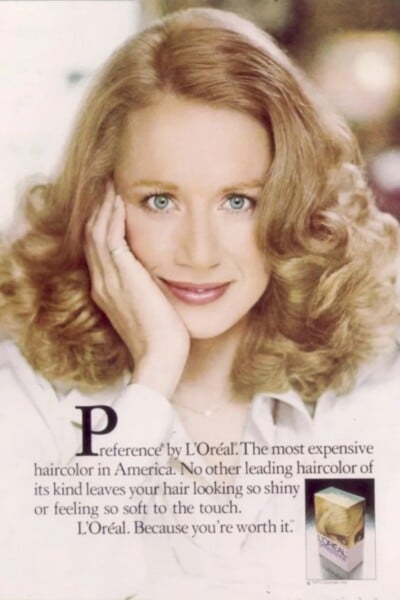
I’ve written before that the primary goal of branding is to transform cost-benefit buying decisions into identity-based buying decisions.
Cost-Benefit is the consumer reports, logic-based decision wherein the buyer asks themselves:
“Which choice provides the most bang for my buck?”
Identity-Based decisions, on the other hand, stem from an entirely different question:
“What kind of person am I (or do I aspire to be), and what kind of choice would that person make?”
Whenever your identity is NOT brought into the decision, you’ll opt for maximum benefit at minimum cost. Who wouldn’t?
It’s what makes commodities commodities — they’re bought on price alone.
But when identity becomes a factor, we all buy more on tribal affiliation and signaling power than price.
Most mothers, for example, don’t opt for SUVs over minivans because of practicalities like price, gas mileage, ride quality, hauling capacity, etc.
They buy SUVs because of what the SUV “says” about them, as compared to the minivan.
The same goes for:
- Designer jeans vs Costco jeans
- Starbucks vs. McCafé
- Rolex vs. Timex
- Cole Haan vs. Crocs
Crucially, brand signaling power allows powerful brands to not only charge more, but to have their premium price actually add to — rather than subtract from — the perceived desirability of the product or service.
Just check out this ad from Stella Artois as a perfect embodiment of this psychology:

Then there’s L’Oréal’s legendary “Because I’m Worth It” campaign.
 Prior to this campaign, the most famous hair color slogan was Clairol’s “Does she… or doesn’t she?”
Prior to this campaign, the most famous hair color slogan was Clairol’s “Does she… or doesn’t she?”
And it’s worth comparing those slogans.
Clairol’s ads take the perspective of another person literally judging the customer, where the inability of others to confirm whether the customer has, in fact, dyed her hair, is the appeal.
Natural-looking color — from the perspective of “the male gaze,” or more likely that of other, envious women — IS the promise.
L’Oréal’s approach is radically different.
Their slogan foregrounds the agency of the female customer and makes the purchase of Preference an expression of self-identity.
This is what allows L’Oréal to turn its premium pricing into a proof point of quality.
The early ads even stated that explicitly, brazenly opening with:
“I use the most expensive hair color in the world. Preference, by L’Oréal… Because I’m worth it”
The price tag isn’t a hurdle — it’s a halo!
Check out the launch ad for the campaign and listen for yourself:
That same campaign and slogan are still in use today, half a century later.
Indeed, celebrity spokeswomen as varied as Viola Davis, Diane Keaton, Andie MacDowell, Beyoncé, Elle Fanning, and Jane Fonda have all proclaimed “Because I’m Worth It.”
Are You Baking Identity Into Your Branding?
The goal of branding isn’t just to attract more customers.
The goal of branding is to attract more of the right customers.
And that means attracting customers willing to pay a premium for your product — meaning customers who buy based on identity.
So if your branding doesn’t include some image or identity-based appeals, it’s probably not doing as much for you as it should.
Does your branding campaign have identity or image-based appeals baked in?
Would you like it to? Let’s talk about how to make that happen.
- Getting a Foot in the Door — Of Perception - November 27, 2025
- What Digital Superstars Know About Offline Advertising - November 17, 2025
- Unmistakable: A Tale of Two Boots and Branding Done Right - November 8, 2025
